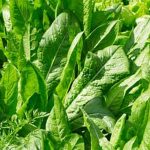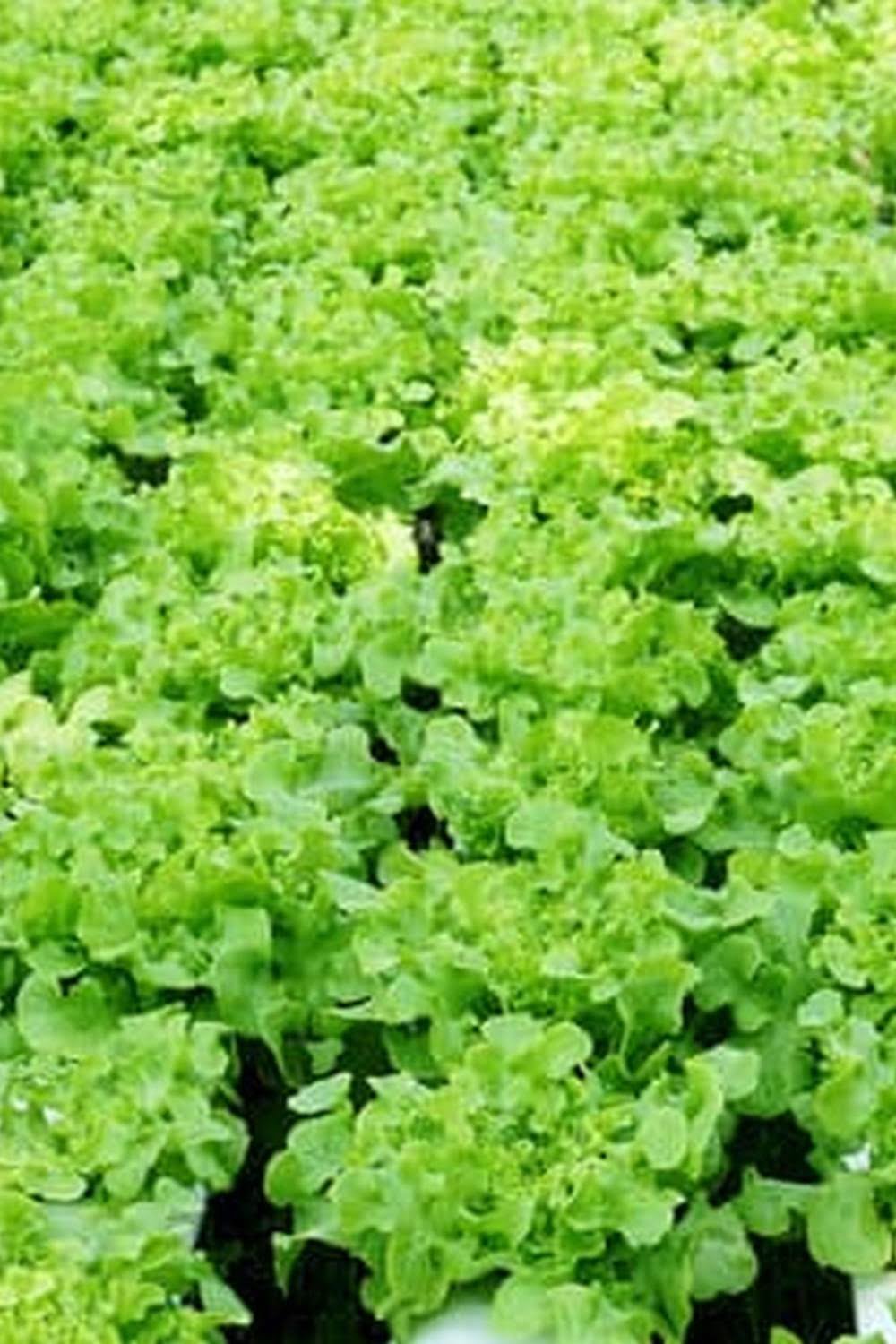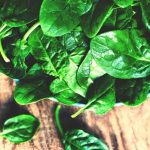Are you wondering when to start gardening vegetables? The timing of planting can make a big difference in the success of your vegetable garden. In this article, we will explore the best times to start gardening vegetables, as well as the benefits and tips for getting started.
Gardening vegetables offers a multitude of benefits, from providing fresh, nutritious produce to the satisfaction of growing your own food. Whether you have a large backyard or just a small balcony, vegetable gardening can be a rewarding and enjoyable activity. By understanding the optimal timing for planting, you can maximize your chances of a bountiful harvest.
Understanding your climate is crucial when determining when to start gardening vegetables. Each region has its own unique climate patterns that impact planting times. By familiarizing yourself with your local climate and growing zone, you can make informed decisions about when to begin preparing and planting your vegetable garden.
Furthermore, planning your vegetable garden involves choosing the right vegetables for your specific climate and growing conditions. Some vegetables thrive in cooler temperatures while others prefer warmer weather. By selecting the appropriate varieties for your region, you are setting yourself up for success from the very beginning.
Understanding Your Climate
When it comes to gardening vegetables, understanding your climate is crucial in determining the best planting times for different crops. The climate in your area has a significant impact on the growing season, which includes factors such as temperature, frost dates, and rainfall. By considering these factors, you can ensure a successful vegetable garden and bountiful harvest.
To understand your climate and its impact on planting times, consider the following factors:
- Hardiness Zone: Determine your hardiness zone using the USDA Plant Hardiness Zone Map. This will help you identify which plants are most likely to thrive in your specific climate.
- Frost Dates: Knowing the average last spring frost date and first fall frost date in your area will help you determine when to start planting and when to expect the end of the growing season.
- Rainfall Patterns: Understanding the typical rainfall patterns in your area will help you plan for watering needs and choosing drought-tolerant or water-loving vegetables.
By taking these factors into account, you can plan your vegetable garden more effectively and increase the chances of a successful harvest. It’s important to research the specific needs of each vegetable you plan to grow and align them with the conditions of your climate for optimal results.
Planning Your Vegetable Garden
When it comes to planning your vegetable garden, one of the most important steps is choosing the right vegetables to grow. Whether you are a beginner or an experienced gardener, selecting the right vegetables can make a difference in the success of your garden. Consider these factors when deciding which vegetables to plant.
Understanding Your Growing Zone
Before selecting which vegetables to plant in your garden, it’s essential to understand your growing zone. The United States Department of Agriculture (USDA) Plant Hardiness Zone Map can help you determine which plants are most likely to thrive in your specific climate. Different vegetables have different temperature and sunlight requirements, so be sure to choose vegetables that are well-suited for your growing zone.
Evaluating Your Space and Resources
Another important consideration when planning your vegetable garden is evaluating the space and resources available to you. Take into account the size of your garden, the amount of sunlight it receives, and the quality of your soil. Some vegetables require more space to spread out, while others can thrive in containers or raised beds. Additionally, be mindful of how much time and effort you can commit to tending to your garden as some veggies may require more maintenance than others.
Choosing Vegetables You Enjoy Eating
Lastly, it’s important to choose vegetables that you and your family enjoy eating. There’s no sense in planting a vegetable that no one likes or will go to waste.
Start by making a list of vegetables that you regularly consume and then research which ones are best suited for your growing zone and resources. This approach will not only ensure a successful harvest but also add enjoyment to the gardening experience as you savor the fruits of your labor at the dinner table.
Preparing Your Garden Bed
When it comes to preparing your garden bed for planting vegetables, there are several key factors to consider in order to ensure a successful and bountiful harvest. The quality of your soil, the amount of sunlight your garden receives, and proper watering techniques all play a crucial role in the overall health and productivity of your vegetable plants. Here are some important guidelines to follow when preparing your garden bed:
- Soil Quality: Before planting your vegetables, it’s essential to assess the quality of your soil. Conduct a soil test to determine its pH level and nutrient content. You may need to amend the soil with organic matter, such as compost or aged manure, to improve its texture and fertility.
- Sunlight Exposure: Most vegetable plants require ample sunlight to thrive. When selecting a location for your garden bed, choose an area that receives at least 6-8 hours of direct sunlight per day. Be mindful of any potential obstructions, such as buildings or trees, that may cast shadows over your garden.
- Proper Watering: Adequate water is vital for the growth and development of vegetable plants. Establish a regular watering schedule, ensuring that the soil remains consistently moist but not waterlogged. Consider using drip irrigation or soaker hoses to deliver water directly to the plant roots while minimizing moisture-related diseases.
By taking these critical factors into account when preparing your garden bed, you can create an optimal growing environment for your vegetables. Healthy soil, adequate sunlight, and proper watering practices will set the stage for robust plant growth and abundant harvests throughout the growing season.
Starting Seeds Indoors
One of the best ways to get a head start on your vegetable garden is by starting seeds indoors. There are several benefits to starting your seeds indoors, including the ability to control the growing environment, protect young seedlings from pests and harsh weather conditions, and extend your growing season. Additionally, starting seeds indoors gives you access to a wider variety of vegetable plants that may not be available as transplants at your local nursery or garden center.
To successfully start seeds indoors, it’s important to gather the right supplies and create an ideal growing environment for your seedlings. You’ll need containers or trays for planting, sterile seed-starting mix, adequate sunlight or grow lights, and a warm location with consistent temperatures.
It’s also essential to keep the soil moist but not waterlogged, and provide good air circulation around the young plants. Following these steps will help ensure that your indoor-seeded vegetables thrive and are ready for transplanting into your outdoor garden when the time comes.
When starting seeds indoors, timing is crucial. Refer to the specific planting dates and guidelines for each type of vegetable you plan to grow in order to determine when to start your seeds indoors.
Some vegetables require a longer indoor growing period before they can be transplanted outside, while others can be started just a few weeks before the last frost date in your area. By following these guidelines and ensuring proper care for your seedlings, you’ll be well on your way to a successful vegetable garden.
Direct Sowing
One important factor to consider when direct sowing is the timing. Different vegetables have different preferences when it comes to soil temperature and sunlight, so it’s crucial to plant at the right time for each specific crop. Consult a planting calendar for your specific climate zone to determine the best times for direct sowing each type of vegetable.
Another best practice for direct sowing is proper seed placement and spacing. It’s important to follow the instructions on the seed packet for how deep to plant each type of seed, as well as how far apart they should be spaced. Planting seeds too close together can lead to overcrowding and poor growth, while planting them too deep could prevent them from sprouting at all.
| Vegetable | Soil Temperature Preference |
|---|---|
| Carrots | 50-85°F (10-29°C) |
| Radishes | 45-90°F (7-32°C) |
Lastly, it’s important to keep the soil consistently moist after planting your seeds. Water your garden gently and regularly, being careful not to wash away newly planted seeds or young seedlings. With these best practices in mind, you can successfully direct sow a variety of vegetables in your garden and enjoy a bountiful harvest throughout the growing season.
Weather Signs and Planting Dates
When it comes to gardening vegetables, understanding the impact of weather signs and planting dates is crucial for the success of your garden. Navigating Mother Nature can be a challenge, but with the right knowledge and preparation, you can ensure a bountiful harvest.
Reading the Signs
Before planting your vegetable garden, it’s important to pay attention to weather signs that can indicate when it’s the right time to start. Signs such as the last frost date in your area, soil temperature, and the blooming of certain plants can all provide valuable information for determining when to begin planting.
Planting Dates
The specific planting dates for different vegetables will vary depending on your climate zone. It’s essential to consult a local gardening guide or speak with experienced gardeners in your area to determine the optimal planting dates for each vegetable in your region. Planting too early or too late can have a significant impact on the success of your garden.
Navigating Mother Nature
While understanding weather signs and planting dates is essential, it’s also important to be prepared for unexpected changes in the weather. Be ready to protect your plants from late frosts, heavy rainfall, or extreme heat by having row covers, shade cloth, or other protective measures on hand. By staying attuned to weather patterns and being proactive in safeguarding your garden against potential threats, you can navigate Mother Nature with confidence and set yourself up for a successful growing season.
Extending Your Growing Season
One of the biggest challenges for vegetable gardeners is the limited growing season. However, with some careful planning and the right techniques, it is possible to extend your growing season well into the fall. There are several methods that can help you achieve this, allowing you to continue enjoying fresh produce long after the summer months have passed.
One way to extend your growing season is by using row covers or cold frames. These protective barriers can shield your plants from frost and harsh weather conditions, providing them with the warmth they need to keep growing. Additionally, planting cold-tolerant vegetables such as spinach, kale, and certain varieties of lettuce can help ensure a bountiful harvest even as temperatures start to drop.
Another effective technique for extending your growing season is by planting a second round of vegetables in late summer. By choosing quick-maturing varieties and keeping an eye on the predicted first frost date in your area, you can make the most of the remaining warm days and increase your chances of a successful fall harvest. Crops such as radishes, carrots, and beets are ideal candidates for late planting.
Finally, consider utilizing heat-absorbing materials such as black plastic mulch or water-filled containers to provide additional warmth to your plants. These methods can help regulate soil temperature and protect against sudden temperature drops. By taking these extra steps, you can maximize your gardening efforts and enjoy an abundant yield well into autumn.
| Technique | Example Vegetables |
|---|---|
| Using row covers or cold frames | Spinach, kale, lettuce |
| Planting a second round of vegetables in late summer | Radishes, carrots, beets |
| Utilizing heat-absorbing materials | Black plastic mulch, water-filled containers |
Conclusion
In conclusion, gardening vegetables can be a rewarding and fulfilling experience for anyone, regardless of their level of expertise. The benefits of gardening vegetables, from promoting healthy eating to reducing stress and anxiety, are well-documented. Understanding your climate and planning your vegetable garden are crucial steps in ensuring a successful harvest. By choosing the right vegetables for your region and preparing your garden bed with quality soil, sunlight, and water, you set yourself up for success from the start.
Starting seeds indoors can give you a head start on the growing season and increase your chances of a bountiful harvest. Direct sowing outdoors also has its benefits, especially for vegetables that don’t transplant well. Paying attention to weather signs and planting dates is essential for navigating mother nature and ensuring that your plants thrive. Additionally, learning how to extend your growing season through late planting and fall harvest can further maximize the rewards of your gardening efforts.
The excitement of growing your own vegetables cannot be overstated. The sense of accomplishment that comes with nurturing plants from seedlings to full-grown vegetables is truly gratifying. Whether you’re a seasoned gardener or just starting out, the joy of harvesting fresh produce from your own backyard is unmatched. So, if you’ve been considering starting a vegetable garden, there’s no better time than now to get started.
Frequently Asked Questions
What Is the Best Month to Start a Vegetable Garden?
The best month to start a vegetable garden typically depends on the climate and the specific vegetables you want to grow. In general, for cooler climates, starting in late winter or early spring is ideal, while for warmer climates, starting in early fall can also be suitable.
It’s important to consider the frost dates and recommended planting times for each type of vegetable to determine the best month to start.
How Early Should You Start Your Garden?
The timing for starting a garden depends on various factors such as the climate, type of vegetables, and intended harvest time. As a general rule, many gardeners start preparing their garden beds and planting seeds indoors 4-6 weeks before the last expected frost date. This allows enough time for seedlings to become established before being transplanted outdoors.
What Vegetables Should a First Time Gardener?
For first-time gardeners, it’s advisable to start with easy-to-grow vegetables that are relatively low-maintenance. Some great options include tomatoes, cucumbers, lettuce, carrots, radishes, green beans, and zucchini.
These vegetables are not only beginner-friendly but also produce satisfying results relatively quickly, which can be encouraging for novice gardeners. It’s important to research each vegetable’s specific needs and recommended growing conditions before planting them in your garden.

If you’re looking to get into vegetable gardening, or are just looking for some tips on how to make your current garden better, then you’ve come to the right place! My name is Ethel and I have been gardening for years. In this blog, I’m going to share with you some of my best tips on how to create a successful vegetable garden.





